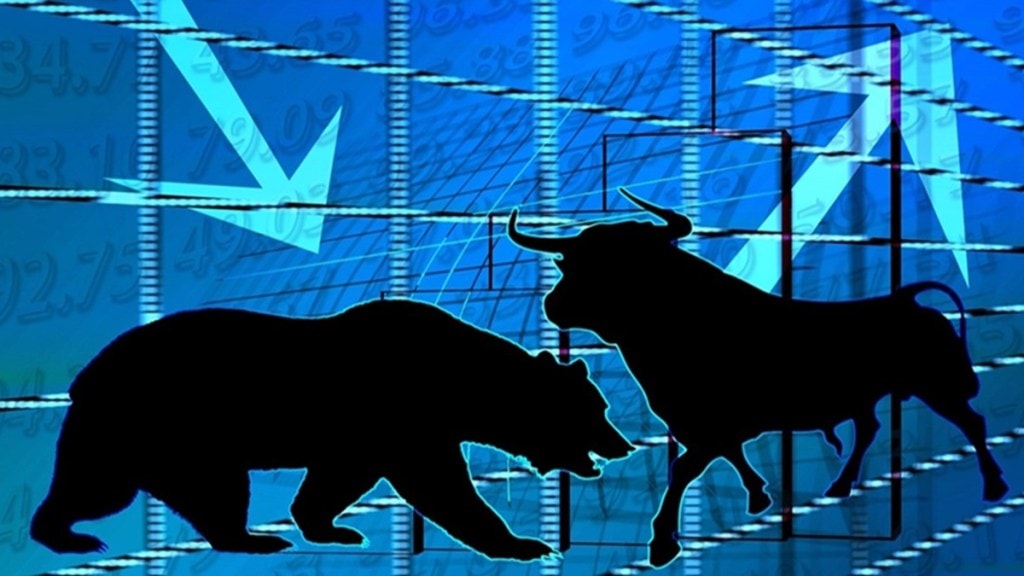For the global equity market, September 18 is perhaps the most important day of 2024. The next FOMC meeting taking place over two days – September 17-18 will also see the release of a Summary of Economic Projections.
The likelihood of a US Fed rate cut happening on September 18 remains high. The market is concerned about whether the Federal Reserve will slash interest rates by 0.5 percentage points or by a less aggressive quarter-point.
US jobs data released yesterday shows the jobs market has cooled off significantly with 142,000 jobs added in August, which is just below expectations of around 160,000. The unemployment rate fell back to 4.2%, down from 4.3% in July.
The market will also be closely observing US Fed Chair Powell’s news conference for clues about future rate decreases and the status of the economy. Fed officials, including Chair Jerome Powell, plan to decrease the Fed funds rate in September, but the speed and extent of the Federal Reserve’s key interest rate fall remain uncertain.
The next big question is what happens once the Fed starts cutting interest rates. “ Stocks have historically traded flat to negative in the first few months after a rate-cutting cycle begins but tend to move higher over the following 12 months. Drawdowns during these 12 months also tend to be more severe,” says Adam Turnquist, Chief Technical Strategist for LPL Financial.
“Based on the last nine major rate hiking cycles since the 1970s, the S&P 500 has generated mixed, modest returns over the three months following the first cut, with 12-month average and median returns of 5.5% and 10.8%, respectively.
Furthermore, 12-month maximum drawdowns following the first cut have been around 19%–20%, larger declines than the average maximum drawdown for all years since 1974 of 14.4%. Of course, how the economy holds up and if we enter or avoid a recession will ultimately dictate how stocks perform over the longer term,” says Turnquist.
Rate hikes help the central bank to tame rising inflation, which results in cooling down the economy. A pivot becomes necessary when the economy starts showing weakness, especially on the consumer and jobs front. As things stand today, consumer demand is holding ground but the unemployment rate seems to be a concern for the US Fed.
Any delay in the rate-cutting exercise could push the economy into recession and any early rate cut could see inflation spiking again.
What the US Fed does will depend a lot on incoming data – whether a cut followed by a pause will be witnessed or a sharp decline in rates will be seen, only time will tell. With the November elections coming up in America, it will be a tough balancing act for the US Fed for sure.

